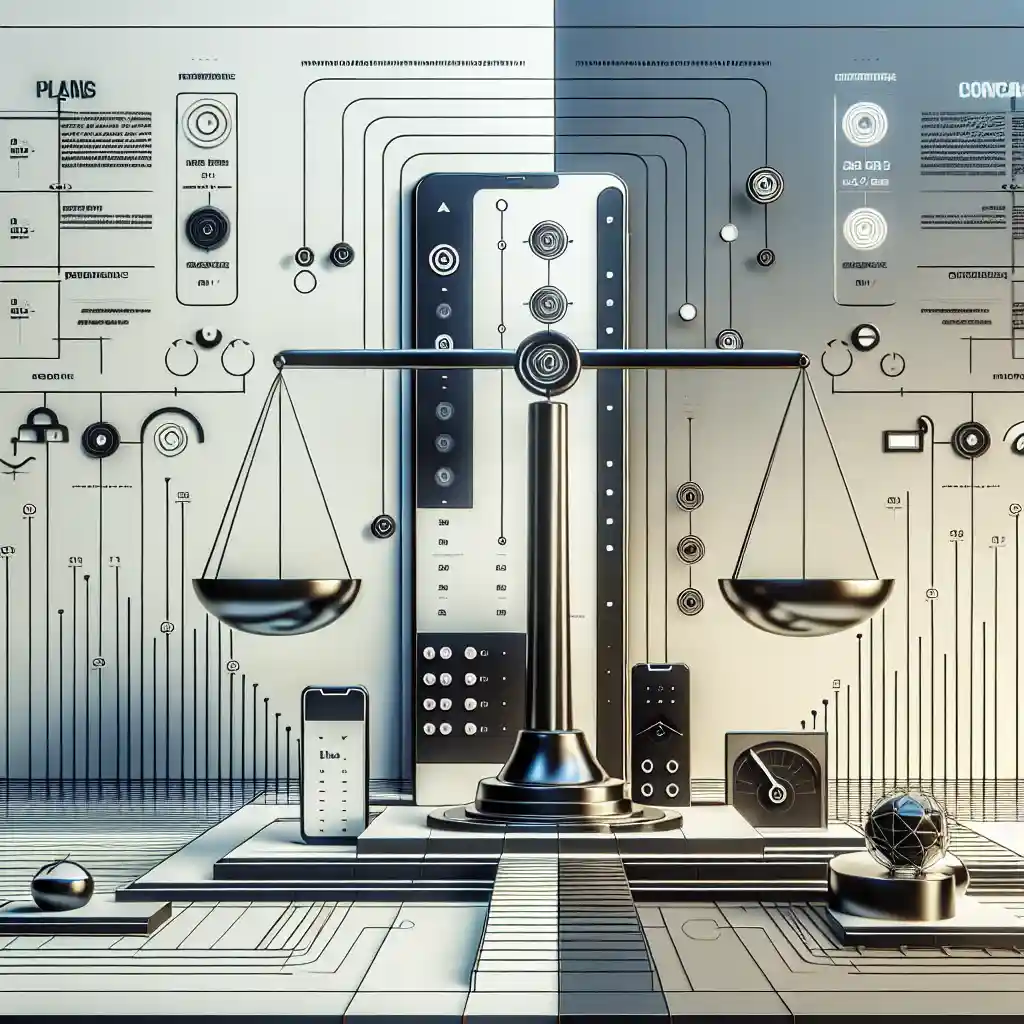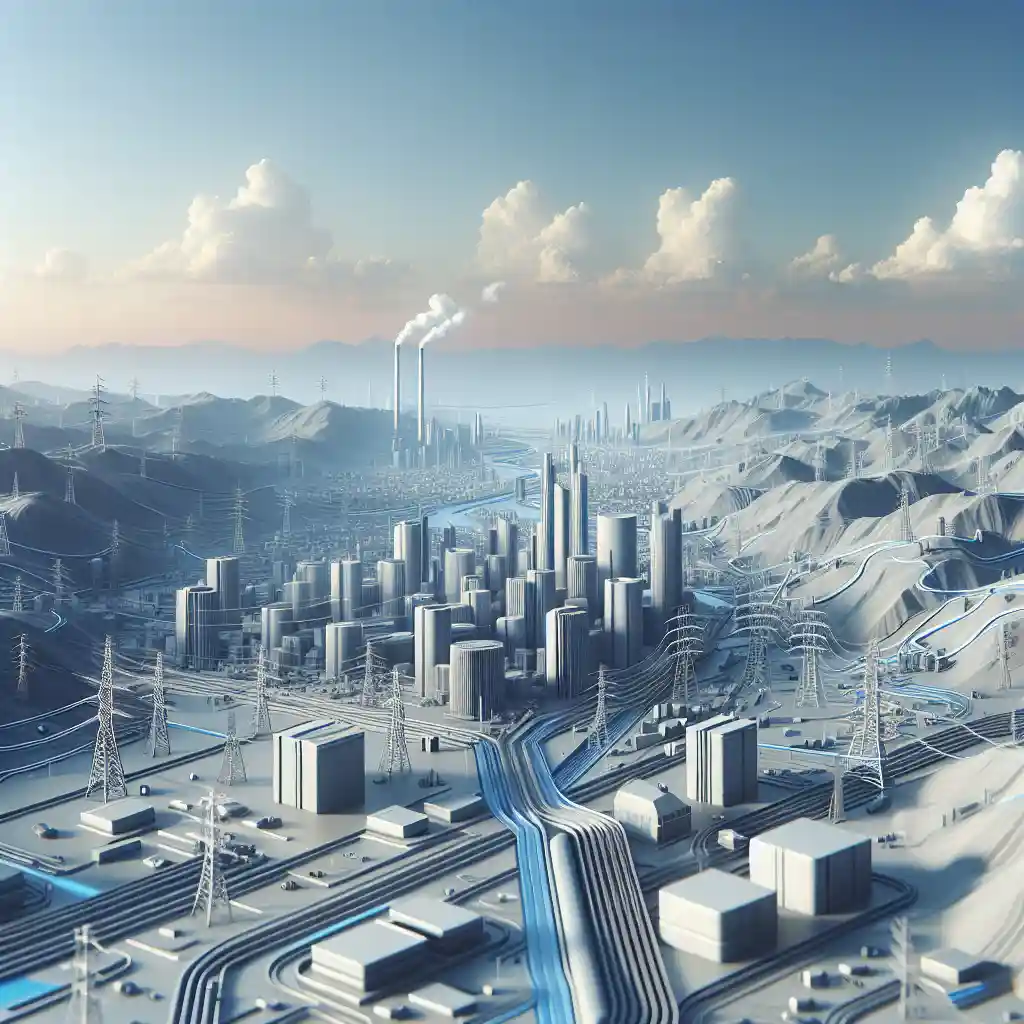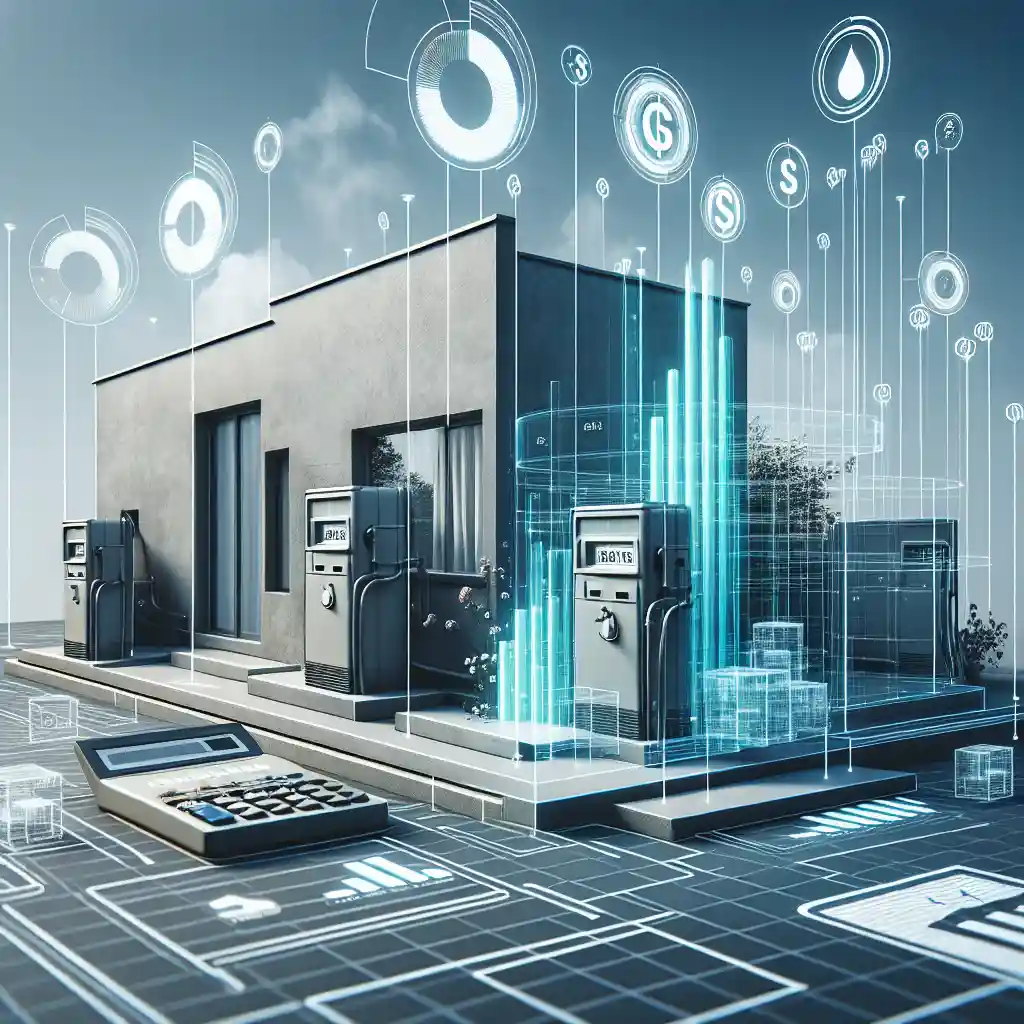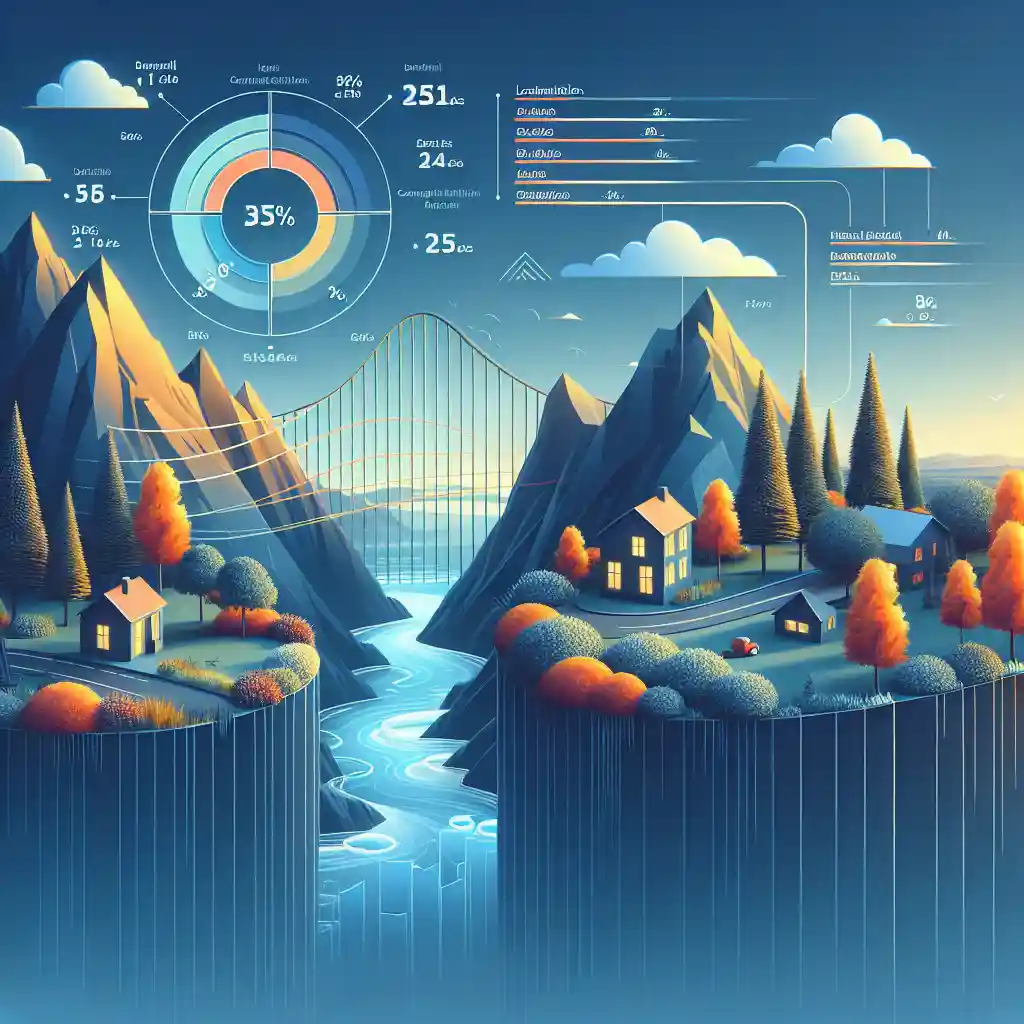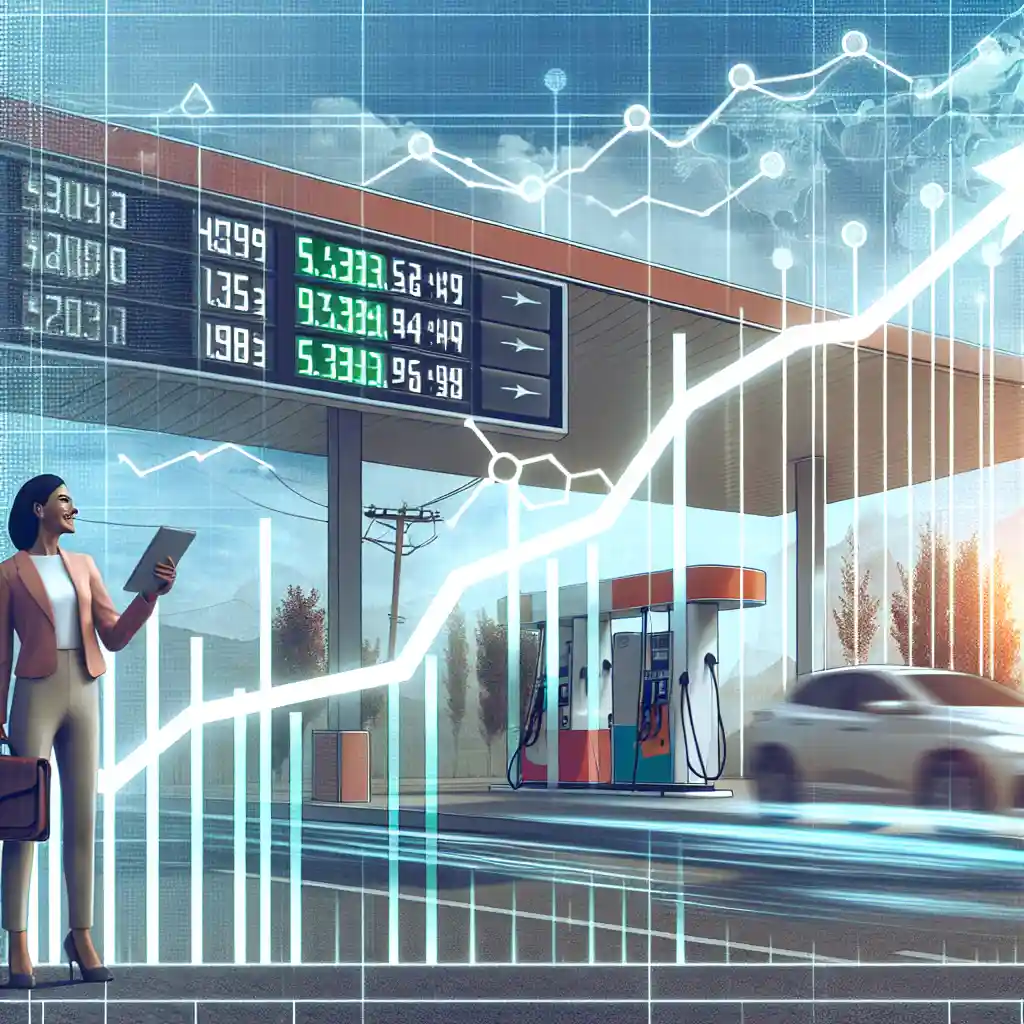How to Analyze Electricity Bills: Understanding Tariffs and Consumption Patterns
Electricity bills can sometimes be confusing and overwhelming, but with the right knowledge and tools, you can effectively analyze them to understand your energy usage better. By looking into tariff structures and consumption patterns, you can identify cost-saving measures and optimize your energy usage. In this guide, we will delve into the key aspects of analyzing electricity bills to help you take control of your energy consumption and costs.
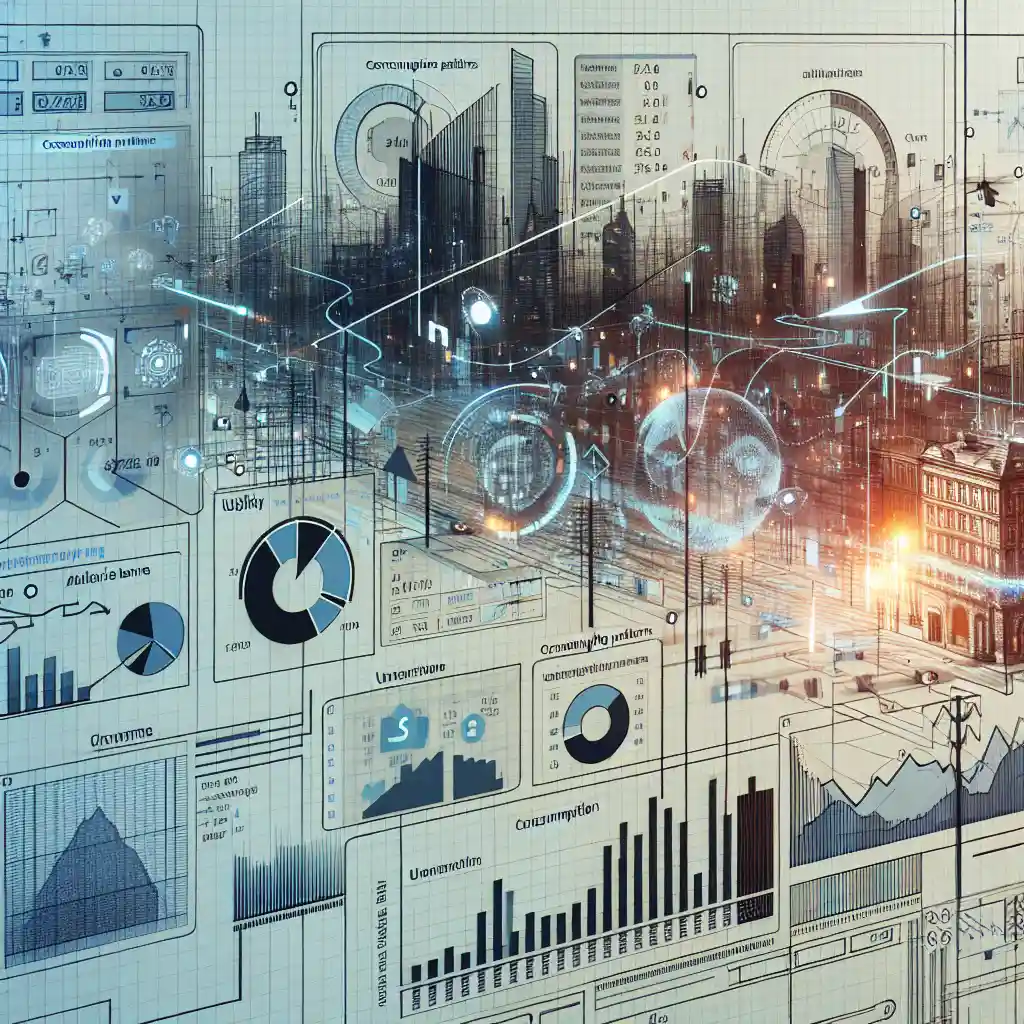
Deciphering Tariff Structures
Tariff structures play a crucial role in how your electricity bill is calculated. Understanding the different components of tariff structures can provide valuable insights into when and how you are being charged for electricity usage. Take note of the peak and off-peak hours, as well as any variable charges that may apply based on your consumption levels. By deciphering these tariff structures, you can make informed decisions on when to use electricity more efficiently.
Tracking Consumption Patterns
Tracking your consumption patterns is essential for gaining a clear picture of your energy usage habits. Look for trends in your electricity consumption over different time periods, such as daily, weekly, or monthly. Are there certain days or times when your energy usage spikes? Identifying these patterns can help you pinpoint areas where you can reduce consumption and ultimately lower your electricity bills.
- Are there any appliances or devices that are consuming more energy than you thought?
- Are there any unnecessary lights or electronics left on for extended periods of time?
Implementing Cost-Saving Measures
Once you have analyzed your tariff structures and consumption patterns, it's time to implement cost-saving measures. Consider investing in energy-efficient appliances and lighting solutions to reduce your overall electricity usage. Simple actions such as turning off lights when not in use, unplugging chargers, and adjusting your thermostat can make a significant difference in your energy bills. Additionally, consider utilizing smart home technology to automate energy-saving practices.
Optimizing Energy Usage
Optimizing your energy usage involves making strategic changes to your lifestyle and habits to reduce wastage and lower costs. Experiment with setting your air conditioning or heating at slightly lower temperatures, or utilizing natural light during the day instead of artificial lighting. By being mindful of your energy usage and making conscious decisions to optimize it, you can see noticeable savings on your electricity bills over time.
Conclusion
Analyzing electricity bills may seem like a daunting task at first, but with a systematic approach and attention to detail, you can unravel the complexities and gain valuable insights into your energy consumption. By understanding tariff structures, tracking consumption patterns, implementing cost-saving measures, and optimizing energy usage, you can take proactive steps towards controlling your electricity costs and contributing to a more sustainable future. Remember, small changes in your energy habits can lead to significant savings in the long run.
